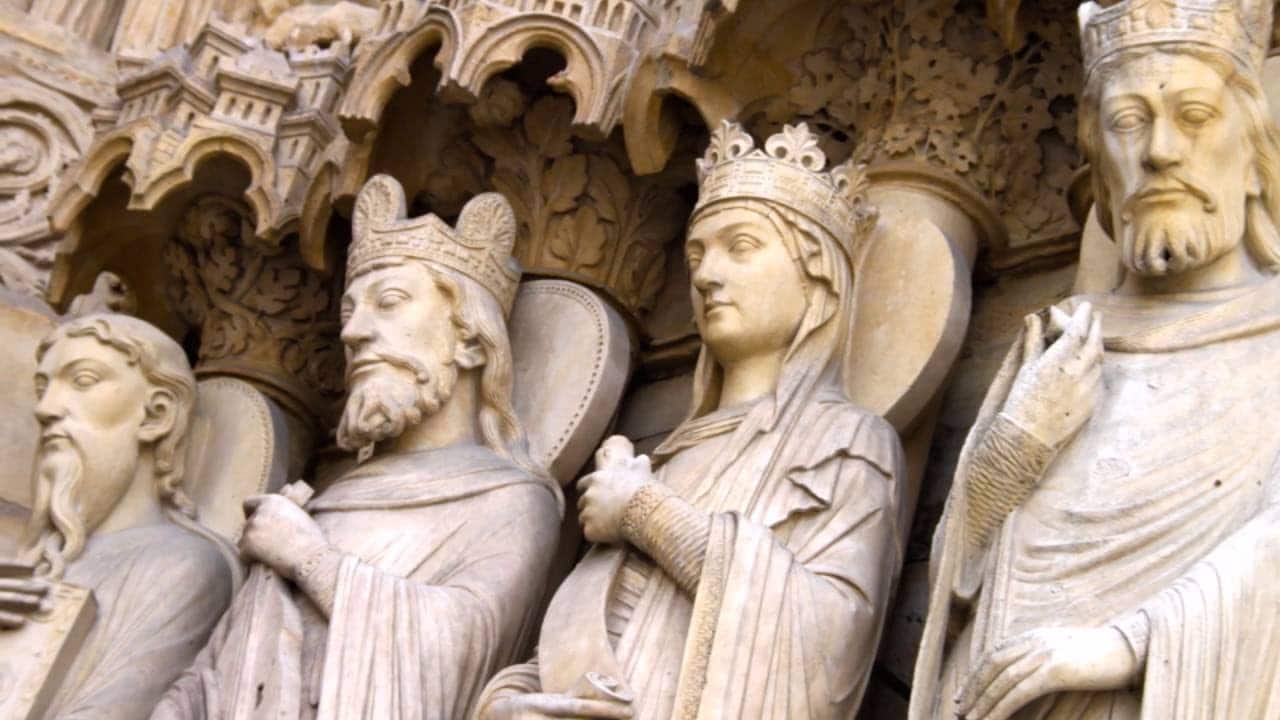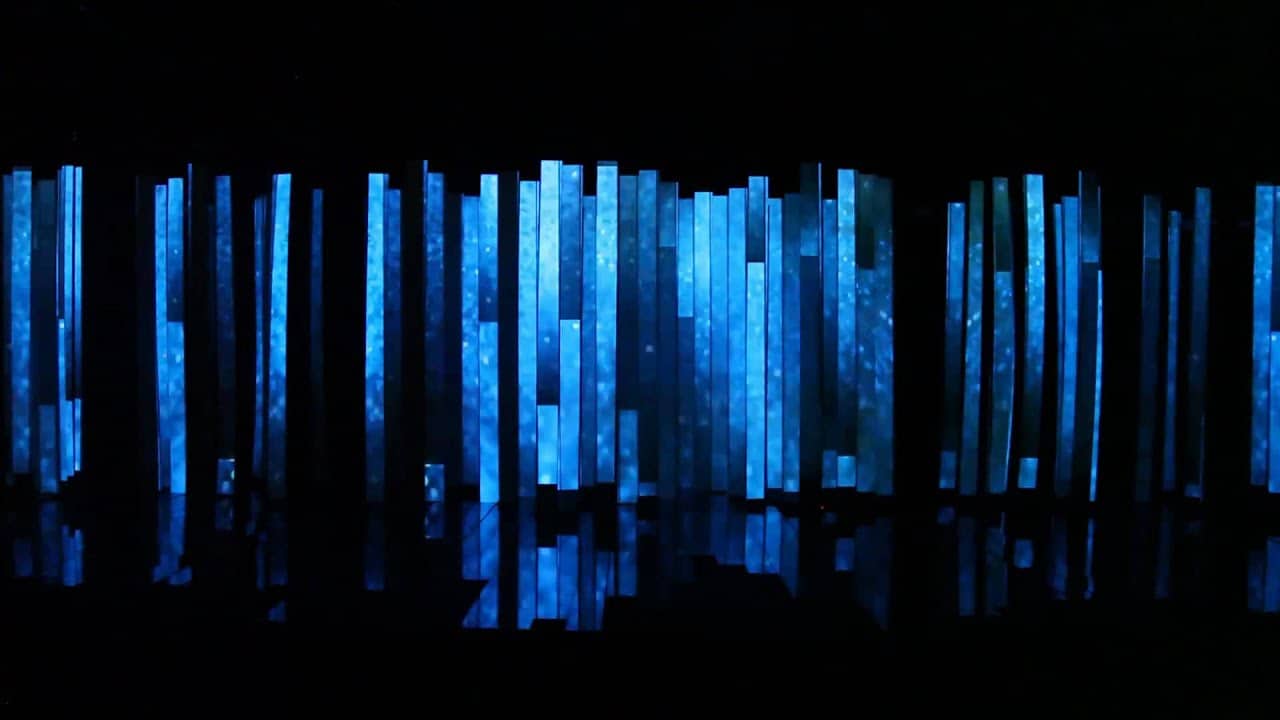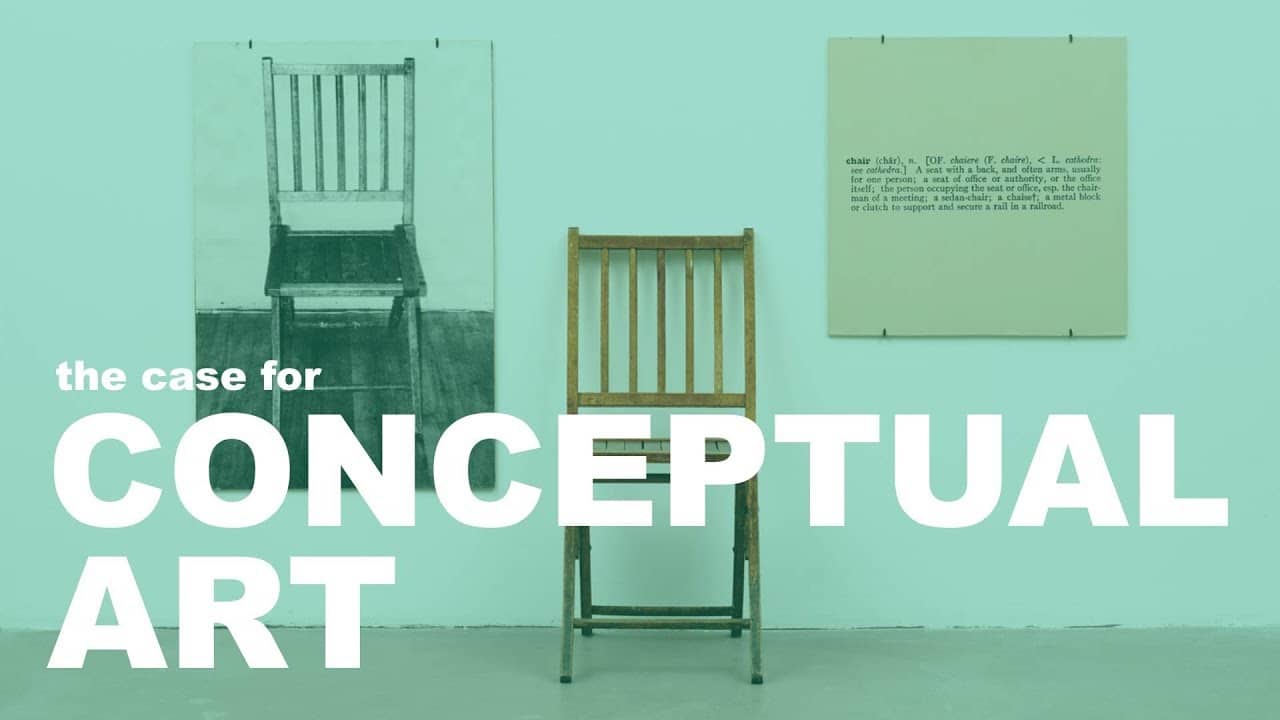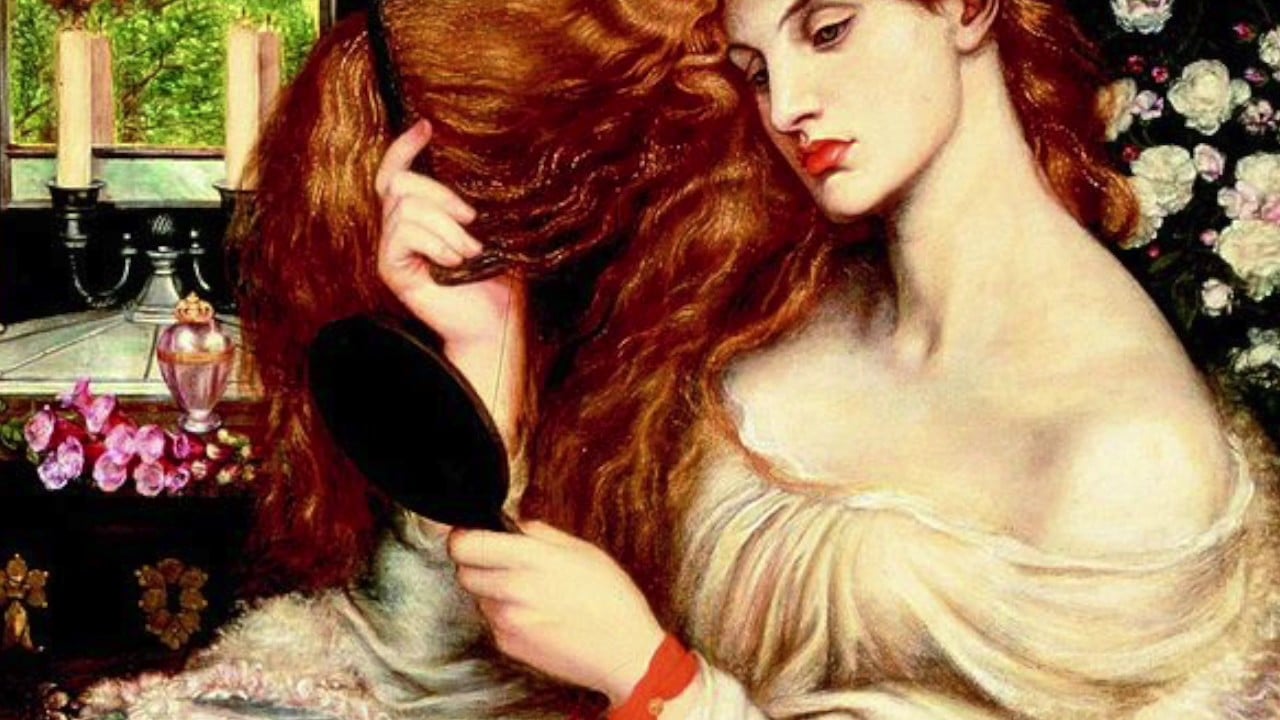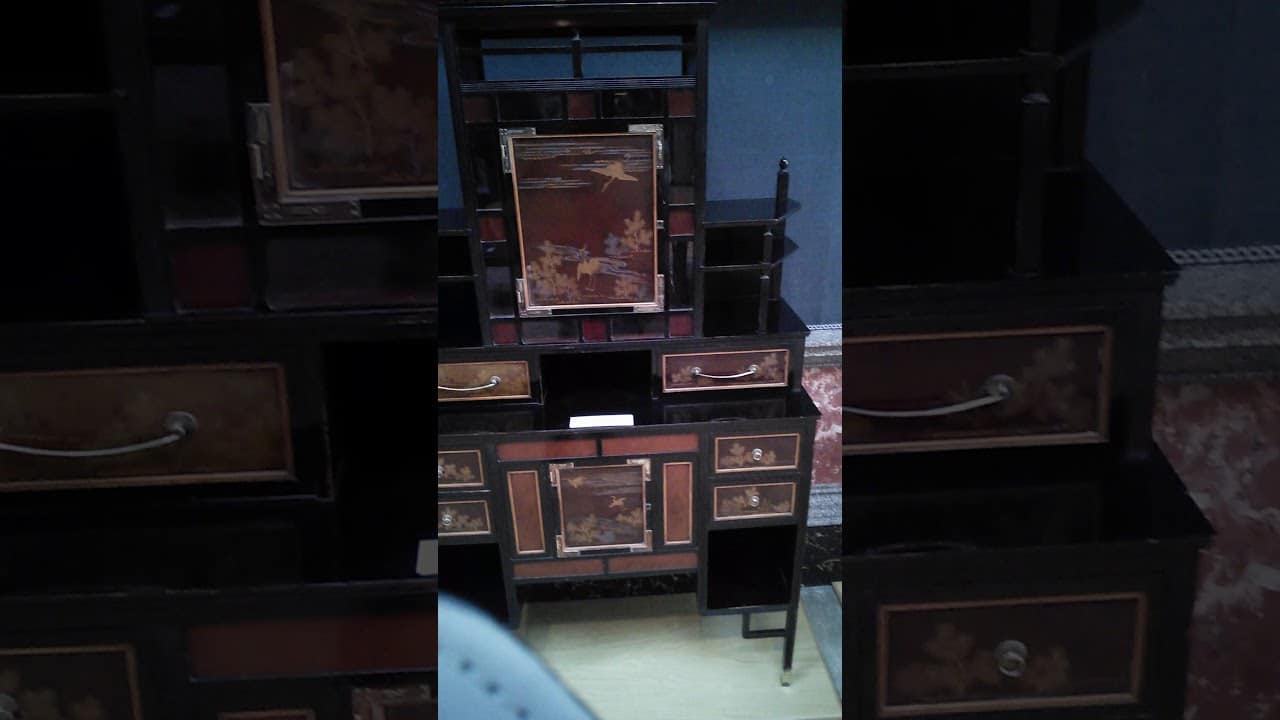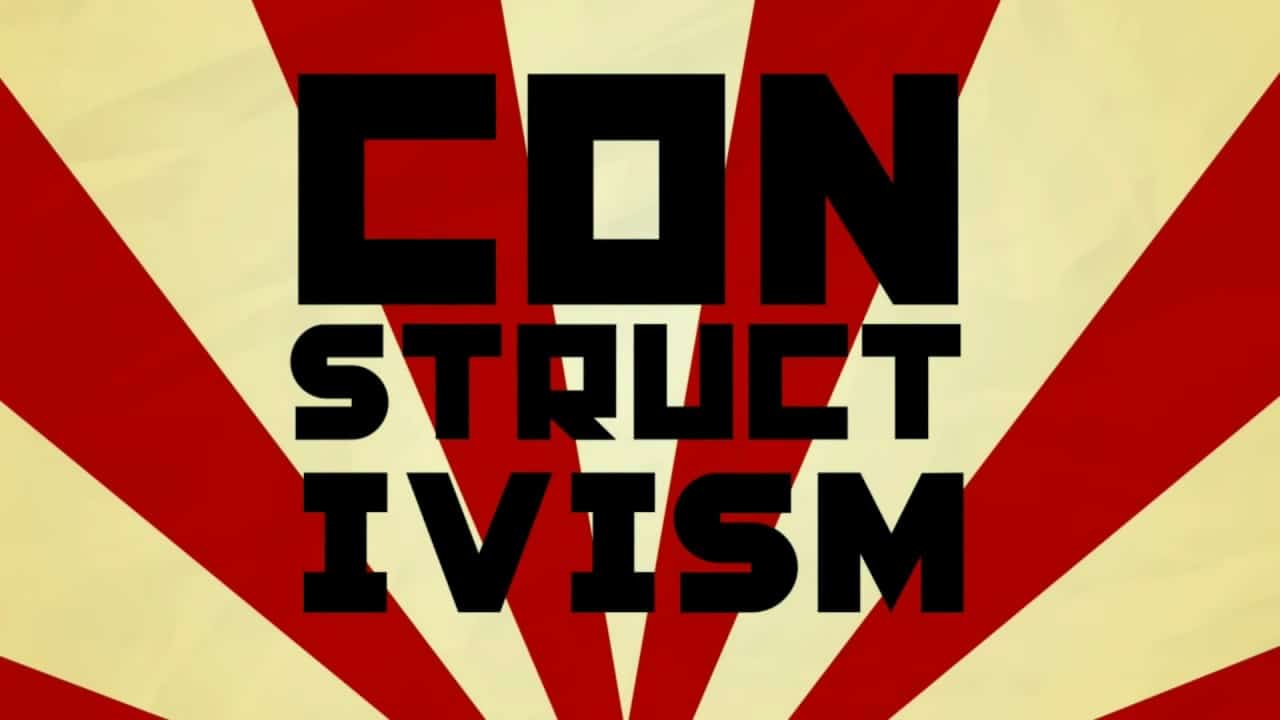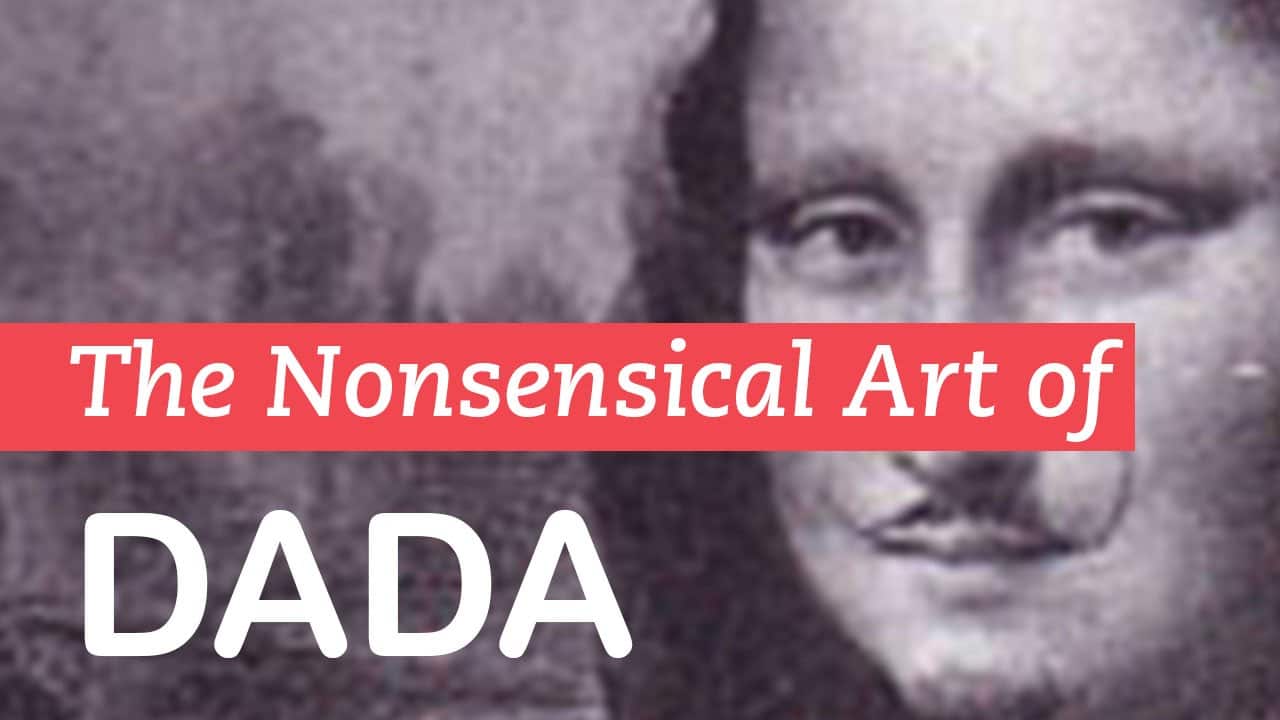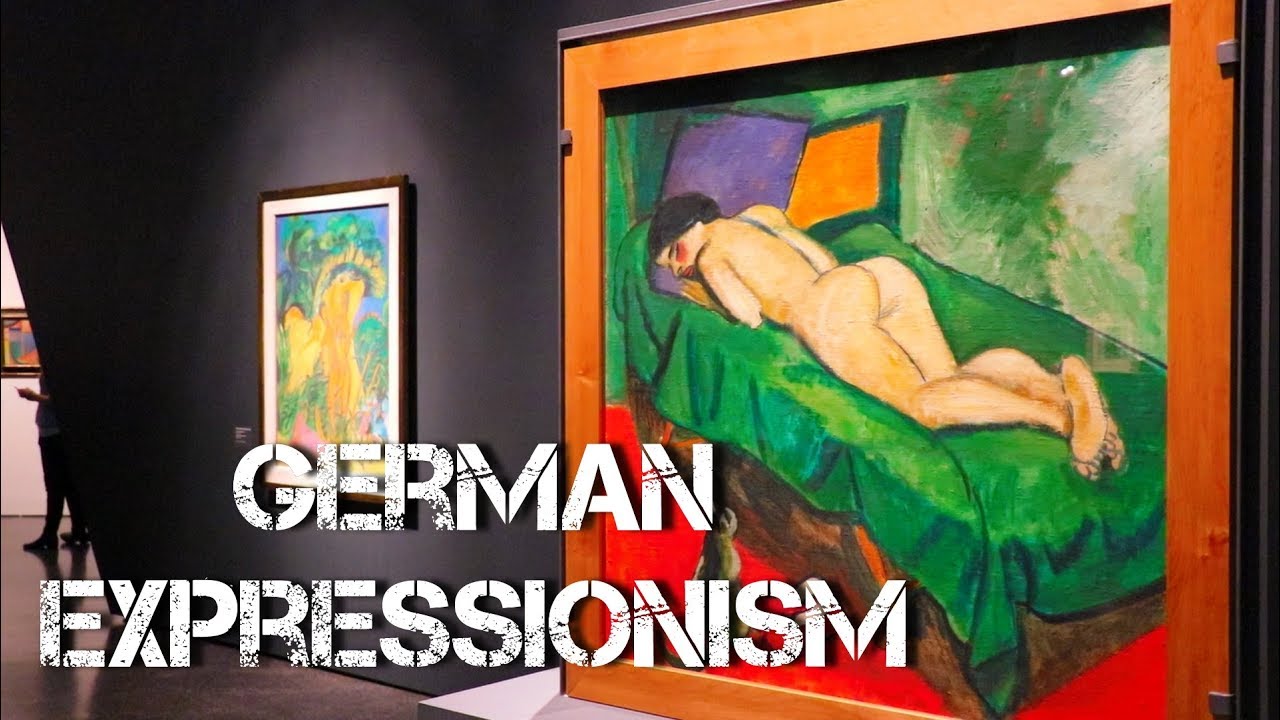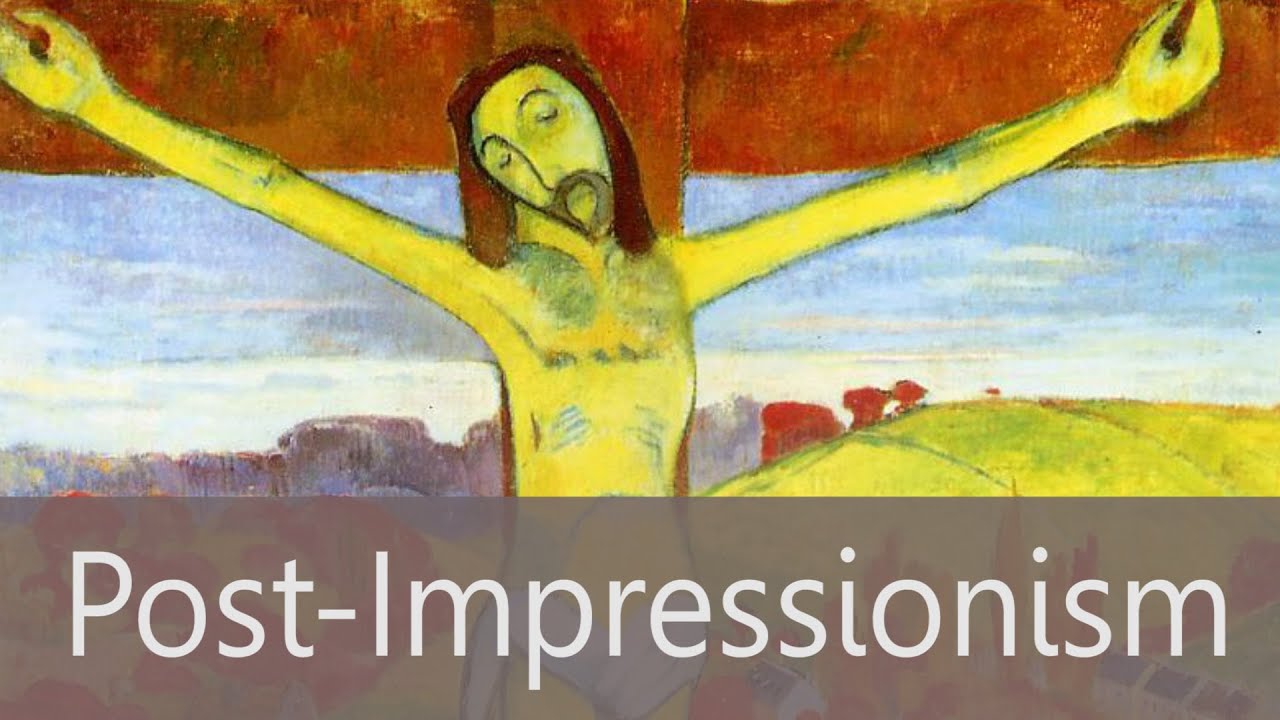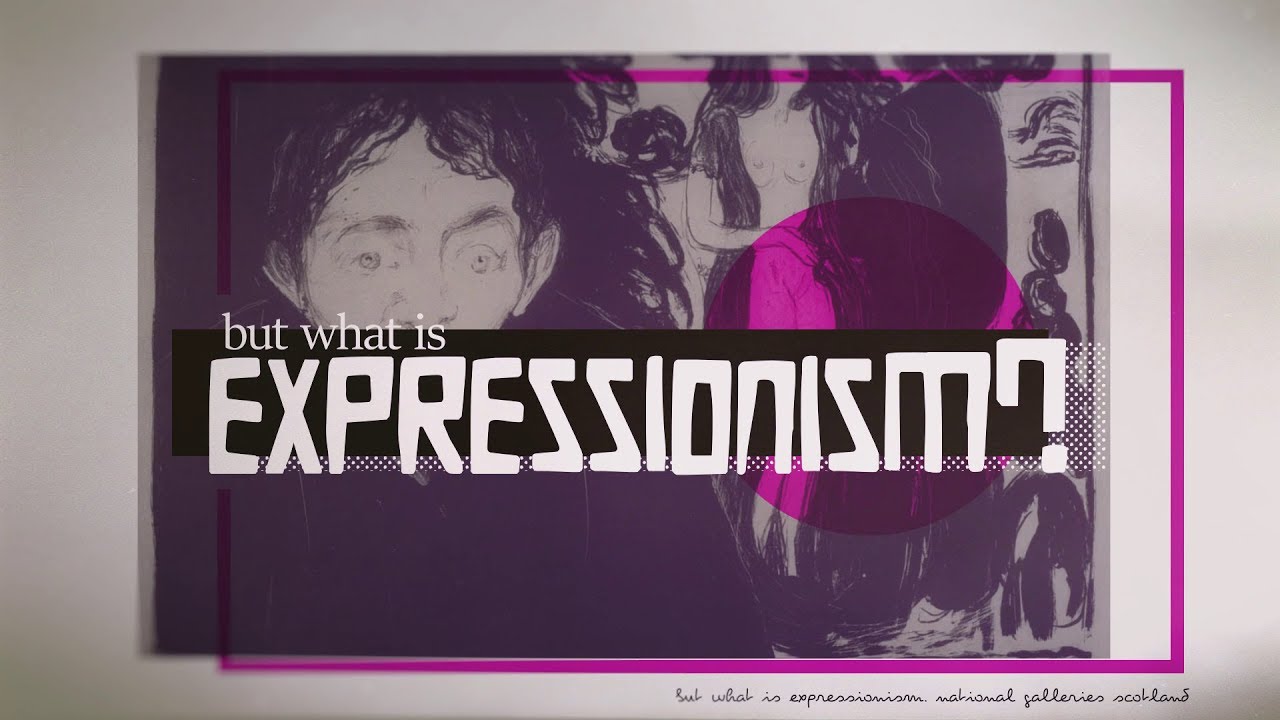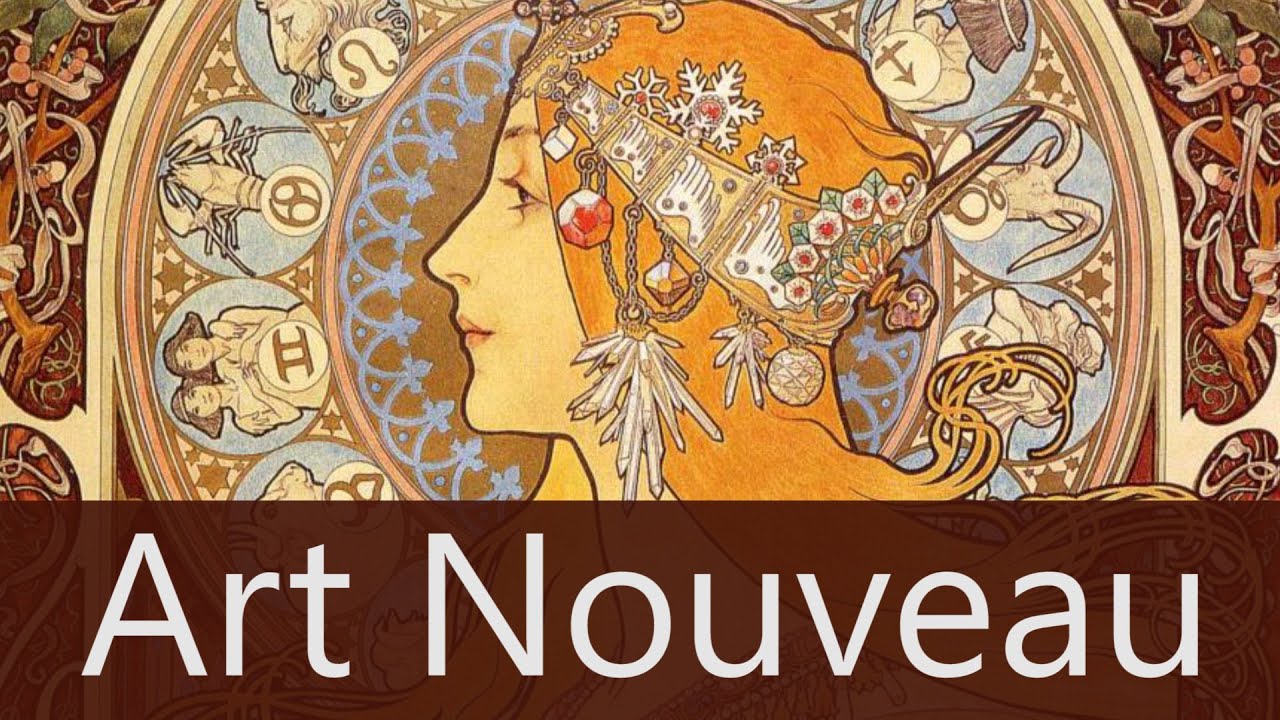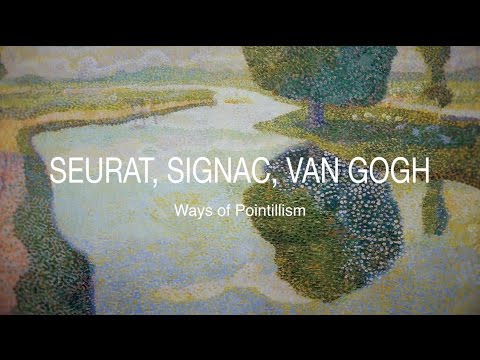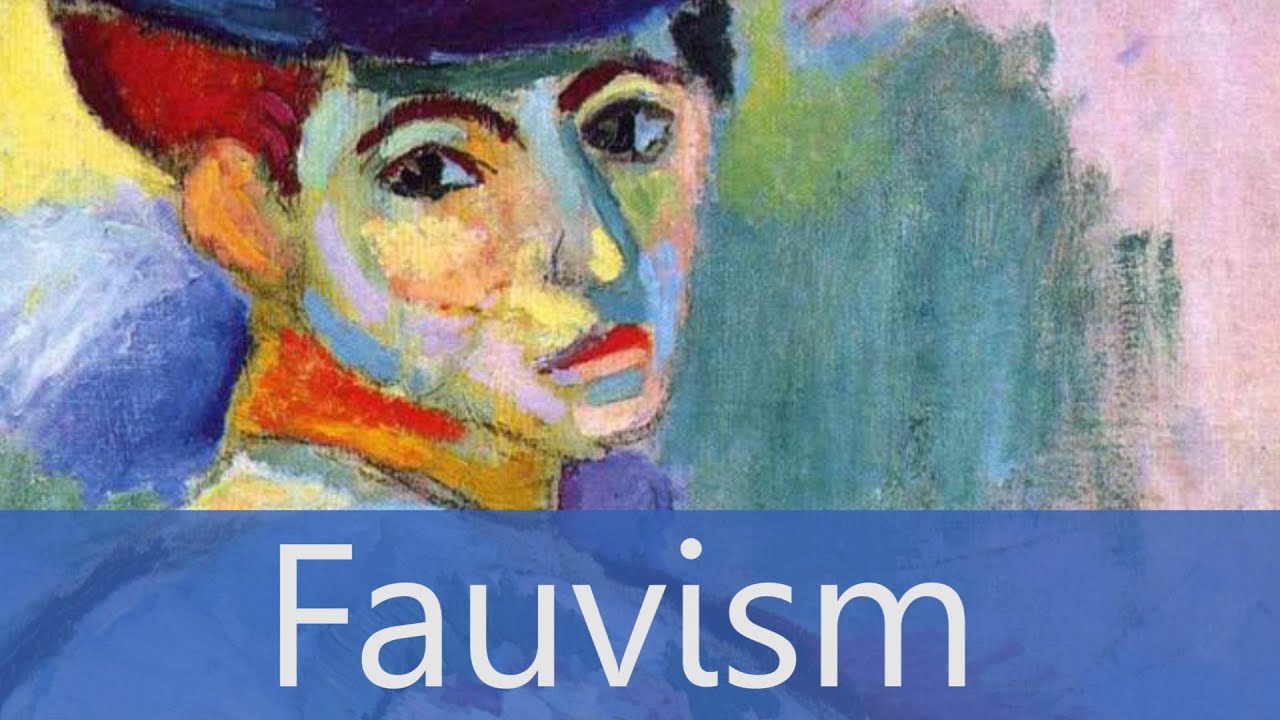Movement of the 1870s and 1880s that manifested itself in the fine and decorative arts and architecture in Britain and subsequently in the USA; it had no discernible influence on continental Europe. Reacting to what was seen as evidence of philistinism in art and design, it was characterized by the cult of the beautiful and an emphasis on the sheer pleasure to be derived from it.
Gothic Art
To define Gothic art is a complex undertaking, so diverse is the geographical and chronological reality that it covers, from the mid 12th c. to the Renaissance. It was precisely at the Renaissance that the term appeared, to express the disdain felt in those times for forms considered as barbarous as the Goths to whom …
